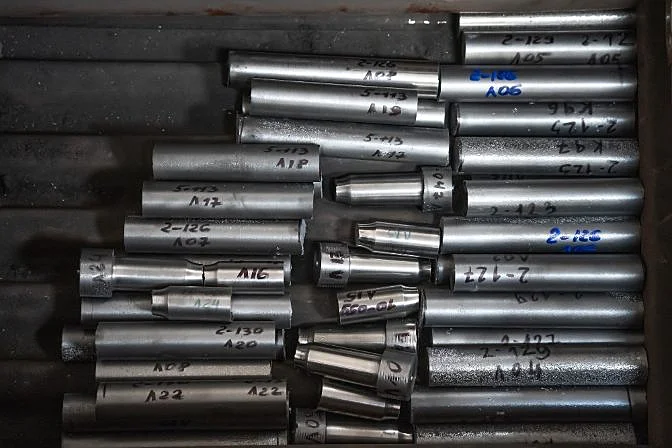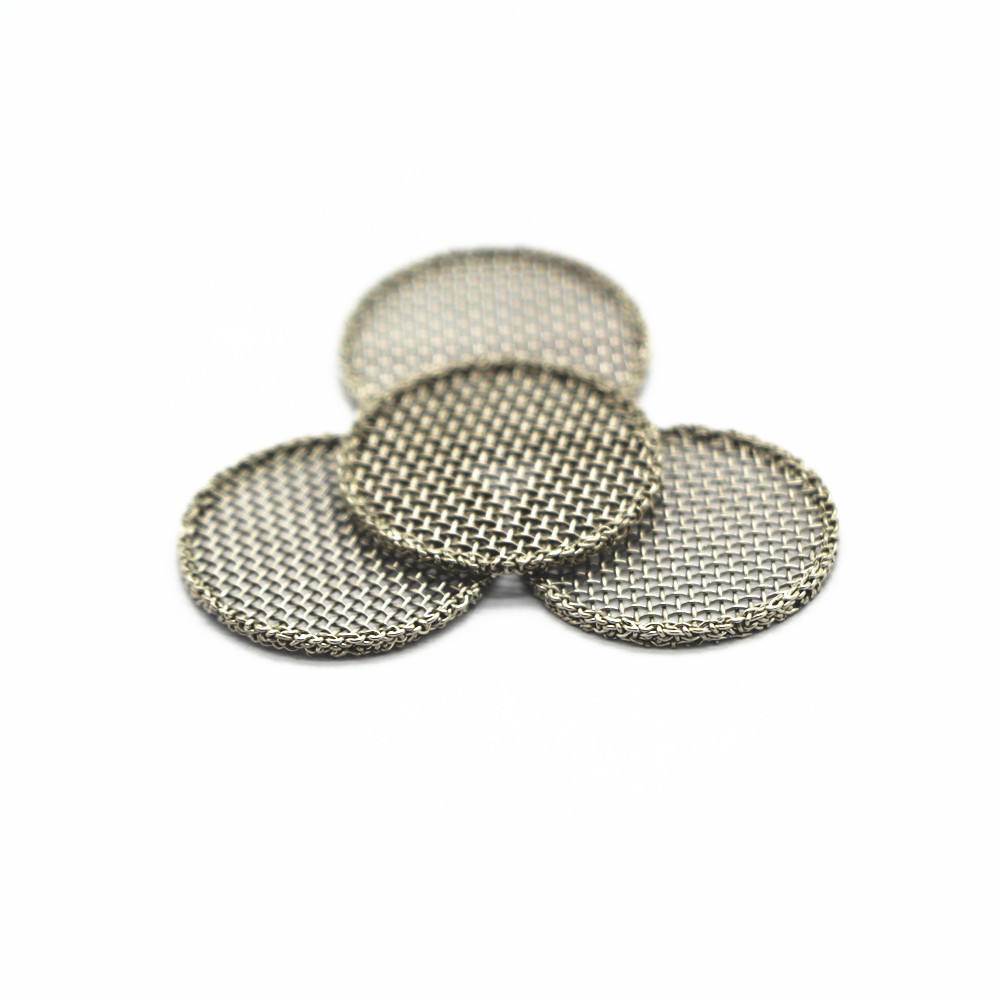Destructive testing is a method used to analyze the point at which a component, material, or asset fails. Inspectors subject the material to various destructive test methods, which can cause deformation or complete destruction, to gain insights into how the material performs under pressure. This approach helps identify critical physical properties such as toughness, hardness, flexibility, and strength. Destructive testing is often referred to as destructive physical analysis (DPA) or destructive material testing (DMT). It plays a crucial role in determining the operational limits of components, allowing for accurate recommendations regarding maintenance, repair, and replacement. These methods are frequently employed in failure analysis, process validation, and materials characterization. They often complement non-destructive testing (NDT) techniques like digital radiography to form a comprehensive engineering assessment. This guide will explore the different types of destructive material testing methods and provide practical examples of their applications. By understanding these methods, engineers and inspectors can make informed decisions about the safety and reliability of materials and components in various industries. Destructive testing focuses on deforming or destroying a material to analyze its point of failure. In contrast, non-destructive testing (NDT) employs inspection methods that leave the material intact. While both approaches serve vital roles, they are used in different scenarios. For instance, destructive testing is typically conducted before a component is mass-produced or put into service to understand how it behaves under various stresses. On the other hand, NDT is performed on operational assets to detect early signs of damage and prevent failures. This proactive approach helps maintain asset records, schedule maintenance, and address defects before they worsen. For more information on NDT, you can read our in-depth guide [insert link]. Destructive testing is carried out by in-house teams or third-party providers, often in specialized laboratory settings. Many industries rely on this method to ensure the safety and performance of their products and systems. Some of the key sectors include: Professionals involved in conducting destructive tests include chemists, electrochemical process experts, failure analysis specialists, material scientists, metallurgical and polymer engineers, quality control analysts, and regulatory compliance experts. Destructive testing methods aim to simulate real-world environmental conditions to assess a material’s strength and durability under specific stressors. Here are some of the most common methods: Let’s delve deeper into each method below: This method evaluates how materials perform under corrosive conditions, such as exposure to salinity, humidity, hydrogen sulfide, carbon dioxide, and other harsh elements. The goal is to simulate the conditions where components will operate and identify their fatigue and fracture points. Corrosion testing examines how materials react when exposed to saltwater and freshwater. This is essential for ensuring that components remain functional and durable in aquatic environments. This category includes several destructive tests: Fatigue testing determines the endurance of welded joints, base metals, and heat-affected zones under varying or constant loads, often in saltwater or open-air environments. Hardness testing assesses a material’s resistance to indentation using the Rockwell scale. This helps predict how well a component will perform over time and how long it can safely remain in use. Hydrogen testing exposes components at risk of corrosion to hydrogen under different strain rates and temperatures, helping identify potential vulnerabilities. This method measures internal stress within a component and its impact on surface stress. Engineers use this data to analyze stress distribution. Common techniques include neutron diffraction, synchrotron diffraction, and X-ray diffraction. Software testing ensures that products meet quality standards, identifying failures and risks before deployment. Software engineers play a critical role in this process. Tensile testing stretches or compresses a material to determine its strength. Key metrics include breaking strength, maximum elongation, and tensile strength, which help evaluate physical properties and material durability. Torsion testing applies twisting forces to measure shear stress before deformation occurs. The failure point is identified when the material can no longer withstand the torque applied. One of the most familiar examples of destructive physical analysis is crash simulations. Automakers and aerospace companies use this method to evaluate the performance of safety equipment under extreme conditions. In aerospace, components are subjected to high temperatures and pressures to ensure that safety features like air respirators continue to function properly. Similarly, safety glass undergoes rigorous testing, including sandbag drops to simulate impacts and fire exposure to assess flame resistance. Personal protective equipment (PPE) used in firefighting must also pass destructive tests to comply with industry standards like IEC and ASTM. These tests involve exposing PPE to electrical arcs or flames to determine the material’s threshold for failure. In industrial boilers, destructive testing determines the pressure and temperature ratings necessary for safe operation. Tensile testing is also vital for assessing the strength of welds in construction projects, ensuring the structural integrity of buildings like skyscrapers. Stainless Steel Wire Mesh Accessories
Wire Mesh Filter Disc produced by stamping process,it is
the main product for filtration equipment. Can be edge, spot welding treatment,
make it into stainless steel edge filter, stainless steel spot welding filter,
can be used single, double, multi-layer stainless steel mesh processing.
Filter mesh material is divided into:
Stainless Steel Wire Mesh, silk cloth, copper wire mesh, stainless steel woven wire mesh, black silk
cloth, galvanized wire mesh and other metals and so on.
Mesh diameter: 2 mm to 2000 mm.
Type: single layer, multi-layer; According
to the shape is divided into round, rectangular, waist shape, oval and other
uses: used in rubber, plastic industry, grain and oil screening, etc. Our
company can supply all kinds of filter pieces, including single layer,
multi-layer. Multi-layer mesh has double layer, three layer, or as
required processing. At the same time can also process a variety of
materials and sizes of rectangular, Plain Weave Wire Mesh .
According to the shape: rectangular filter,
circular filter, annular filter, distance filter, waist filter, oval filter,
fan filter.
According to the number of layers: single
layer filter, double layer filter, three layer filter, four layer filter, five
layer filter, multi-layer filter.
Custom size: 5mm ~ 1000 mm. (can be
customized processing).
Application industry: widely used in
"chemical fiber spinning, ultrafine fiber, leather, non-woven fabric,
color masterbatch, plastic, PVC granulation, sheet extrusion, rubber, carbon
fiber" melt filtration.
Stainless steel filter mesh characteristics:
stamping machinery through the mold stamping, shape of round, square,
rectangular, oval, bowl, cap, shaped, etc.
The product has the characteristics of
standard size, good filtration accuracy and easy to use.
The woven wire mesh products we can also supply Wire Mesh Filter Tube, Wire Mesh Filter Cap and widely used in chemical ,petroleum,water treatment and other industries .
stainless steel wire mesh,woven wire mesh filter disc ,metal mesh filter tube Suzhou Haoxiang Screen Stencil Products Co.,Ltd , https://www.haoxiangwiremesh.comWhat Is Destructive Testing and How Does It Work?

Understanding Destructive Testing
Industries Utilizing Destructive Testing
Common Types of Destructive Testing Methods
Aggressive Environment Testing
Corrosion Testing
Fracture and Mechanical Testing
Fatigue Testing
Hardness Testing
Hydrogen Testing
Residual Stress Measurement
Software Testing
Tensile (Elongation) Testing
Torsion Testing
Real-World Examples of Destructive Testing
